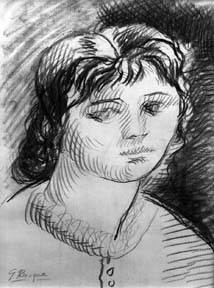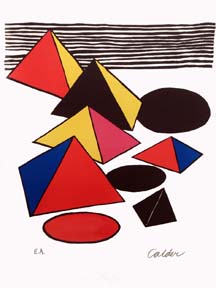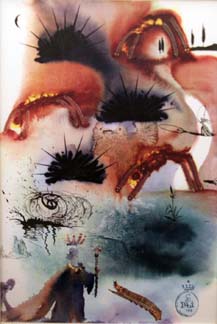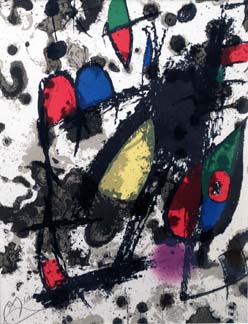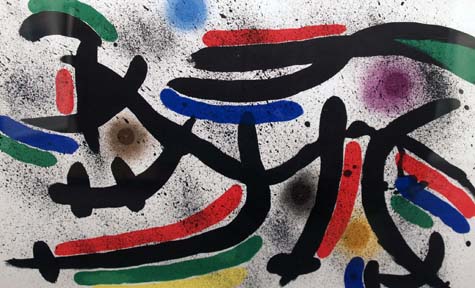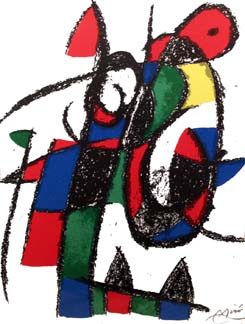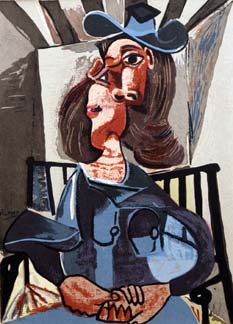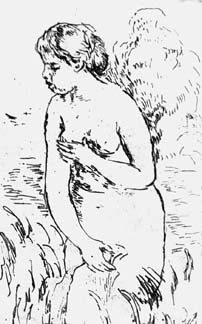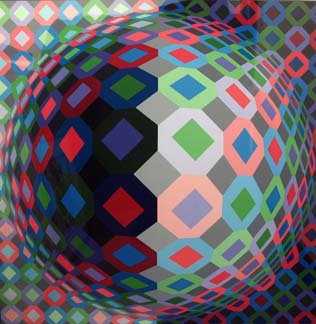20th Century Modernes: From the Private Collection of Tim and Connie Kral
Avant-garde art movements of the early- to mid-twentieth century broke conventions and redefined what could be termed “art.” An exhibit of lithographs and etchings in Mullins Library from the collection of Tim and Connie Kral celebrates the pioneering spirit of those modern masters.
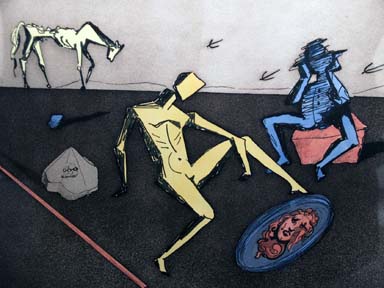
The rebellious courses charted by such artists as Pablo Picasso, Henri Matisse and Salvador Dali shocked and bewildered early viewers. Dr. Timothy Kral, associate professor of biological sciences, and his wife Connie have amassed a significant private collection of these and other artists. Dr. Kral says, “As an art enthusiast, what could be more fulfilling than collecting original works by modern masters?”
The impressionists of the late nineteenth century were the forerunners to the twentieth century avant-garde movements. The impressionists experimented with various techniques expression individual sensation and the momentary effect of light or movement. The impressionists are represented in the exhibit with etchings and drypoint renderings by Pierre-Auguste Renoir.
And then there came Picasso, who along with Georges Braque was responsible for cubism, one of the most radical re-structurings of the way that a work of art constructs its meaning. Picasso's “Girl in Chair” demonstrates the prismatic dissolution of the three-dimensional form characteristic of his work.
Both Dali and Joan Miro were associated with surrealism. The works of Dali show the hallucinatory realism and deep space of the dream world, and the works of Miro illustrate the experimentation into the limits of abstraction associated with that movement. In Henri Matisse, the brilliance of color and invented shapes demonstrate the freedom from the constraints of realism seen in the works of the fauvists, titled “rough beasts” by contemporary critics.
Victor Vasarely's works of carefully rendered geometric designs create the optical illusions characteristic of the op-art movement. A kinetic art pioneer, Alexander Calder, is also represented. Calder, the only American exhibited, is best known for inventing the mobile, now a staple over baby cribs world-wide.
All of these artists have in common a desire to create new modes and methods for artistic expression, with results that were often denounced as merely the aberrant productions of diseased minds. Dali's response, “The only difference between me and a mad man is that I am not mad,” is surrealistic perfection.
The exhibited works offer visitors to Mullins the rare opportunity to view influential works of originality and distinction. Says Kral, “It is a great pleasure to share what I love with others in the community.” “20th Century Modernes” will be on display in Mullins Library lobby level through the end of April. For more information call 575-6702.
(Click thumbnail image to enlarge.)
